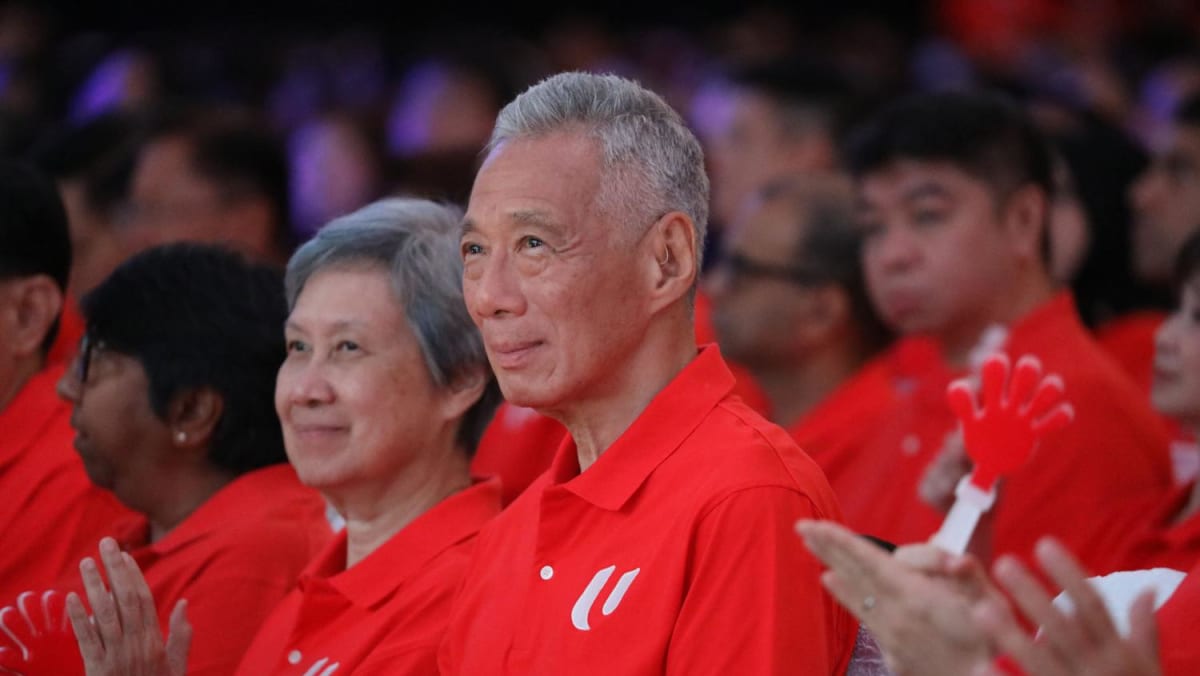SINGAPORE — Looking into the future, Prime Minister Lee Hsien Loong said on Wednesday (May 1) that while he sees dark clouds on the horizon, there are also many opportunities, and Singapore has strong fundamentals and strengths that its people should make the most of to get ahead.
Mr Lee was addressing 1,700 union members and guests at the National Trades Union Congress (NTUC) May Day Rally.
This was Mr Lee’s last major speech as premier, before he hands over the reins to Deputy Prime Minister Lawrence Wong on May 15.
Mr Lee said the next chapter of the Singapore Story “is off to a strong start” despite challenges ahead, such as geopolitical tensions, deglobalisation and climate change.
Like others around the world, Singaporeans are anxious, he noted.
But it would be worrying if Singaporeans took the future lightly instead, he added, especially given the nation’s small and open nature and diversity, which make it vulnerable to powerful external forces.
Yet, he said that Singapore is “not at all badly off” relative to other countries, thanks to its strengths, such as a vibrant economy, cohesive society and adequate reserves to tide over extreme difficulties.
Domestically, some “hard truths” have not changed, Mr Lee said, and Singaporeans must always be mindful of them. These include:
- Traditional fault lines such as race and religion
- Potential divisions, such as those between the haves and have-nots and between Singapore-born and naturalised citizens.
Mr Lee warned that these differences could be exploited politically and Singapore must continue to guard against this and guide the evolution of the Singapore identity, as it has done over the years.
Looking ahead, he said Singapore has to maintain its three fundamental strengths to stay resilient and successful:
ABILITY TO PLAN LONG-TERM
Immediate problems and political crises may prevent some governments from thinking further ahead, Mr Lee noted.
“To put it in Singaporean language: Where got time?” he quipped.
But in Singapore, the People’s Action Party (PAP) government has always “deliberately and systematically” planned for the long term, he said, and this must continue to ensure Singapore’s success over the long term.
An example he highlighted was the Integrated Resorts (IR). The IRs opened in 2010 and successfully rode on the recovery from the Global Financial Crisis.
But debates on it began in the early 2000s and land reclamation for the Marina Bay area where it is located had begun way earlier in the 1970s.
In the same spirit, the Government is already planning ahead for future needs and challenges with many projects in the pipeline, like the Tuas Megaport, the redevelopment of the Paya Lebar area and efforts to decarbonise the economy, Mr Lee noted.
